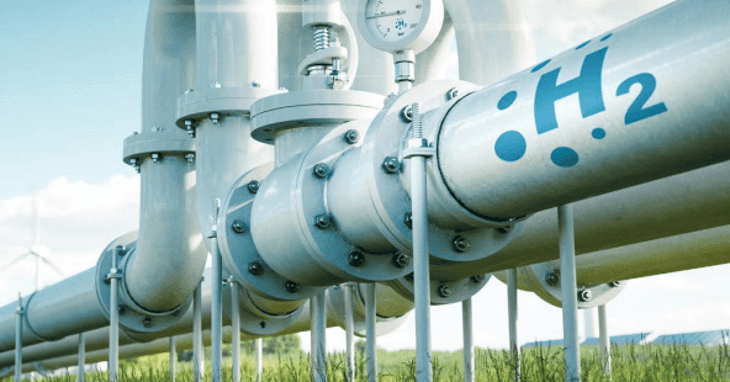More than 200GW electrolysis capacity is needed by 2030 to track Net Zero in 2050 – more than 200 times the capacity installed today, warns a new Hydrogen Council report.
Slow deployment may be due to lacking government support and offtake commitments (i.e. willingness to pay a green premium), constraints in supply chains, increased cost of deploying projects, EPC capacity, or potentially lengthy permitting processes for projects, the Hydrogen Insights 2023 report, produced with McKinsey & Company, states.
But encouragingly electrolysis capacity grew 30% by the end of the year in 2022 versus 2021, reaching 700MW (up from 530 MW), which equals about 90kt p.a. of renewable hydrogen supply or about 10% of installed clean hydrogen production capacity globally. But the growth appears to be slower from 2021 to 2022.
Today, the largest deployed capacity is in China (about 300MW), followed by Europe (about 180MW).
... to continue reading you must be subscribed





